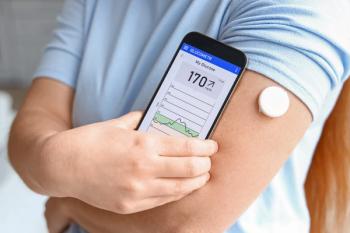
|Slideshows|July 18, 2018
- Drug Topics July 2018
- Volume 162
- Issue 7
Declining Pharmacy School Enrollment, High Drug Prices, and More News
Author(s)Christine Blank, Contributing Editor
Small Doses is pharmacy news in a way that works for your busy lifestyle
Advertisement
Articles in this issue
over 7 years ago
Pediatric Problems, and How Pharmacists Can Solve Themover 7 years ago
Pharmacogenomics and the Future of Pharmacyover 7 years ago
Why Pharmacists Should Be in a Primary Care Settingover 7 years ago
Will 340B Cuts Affect Clinical Outcomes?over 7 years ago
The 3 Keys to a Successful Genetic Testing Programover 7 years ago
Pharmacists, It’s Time to Speak UpNewsletter
Pharmacy practice is always changing. Stay ahead of the curve with the Drug Topics newsletter and get the latest drug information, industry trends, and patient care tips.
Advertisement
Latest CME
Advertisement
Advertisement
Trending on Drug Topics
1
Pharmacists Remain Health Care Focal Point as Vaccine Recommendations Change
2
Pharmacists Now Authorized to Independently Prescribe Buprenorphine
3
Diet and Insulin Management Technology Show Most Consistent Benefits for Type 1 Diabetes
4
ACIP Vote Eliminates Universal Recommendation for Newborn Hepatitis B Vaccine
5




































































































































